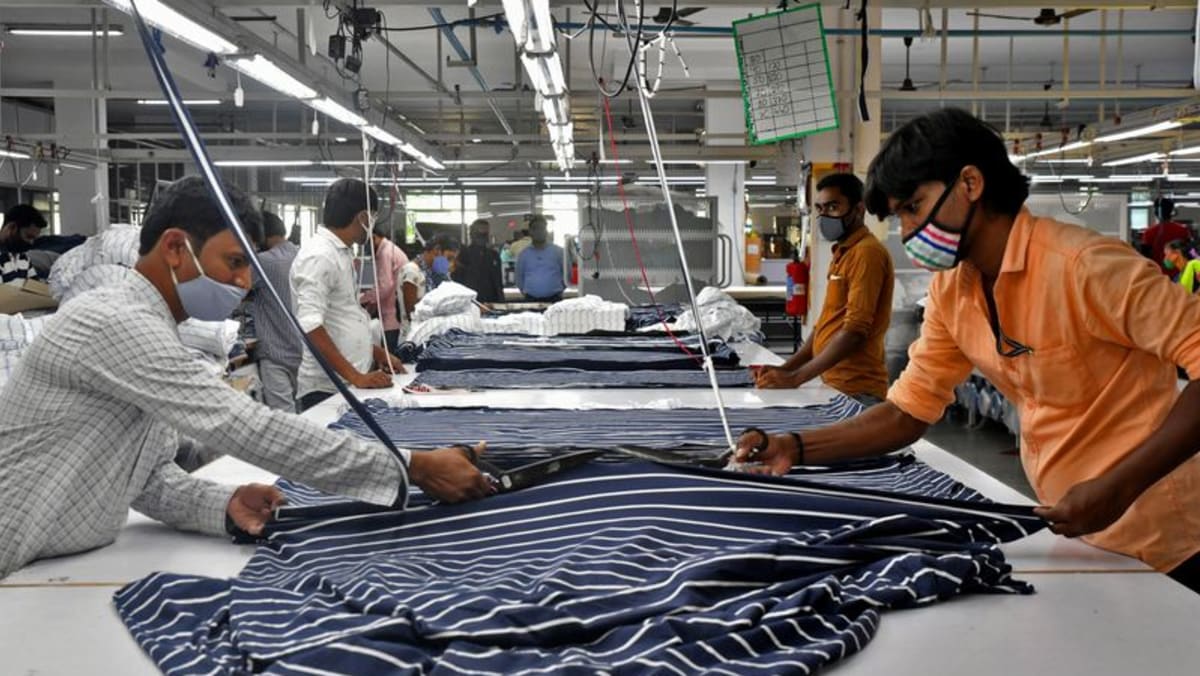FAILING HIS STRONGEST SUPPORTERS
Modi insists that his government’s efforts – to invest in infrastructure, for example – have made it easier for companies to set up those factories. And the World Bank report agrees that “large public investment projects, the easing of labour regulations after 2014, and increased use of contract labour have supported industrial employment growth”. HSBC India reported this week that manufacturing activity encouragingly surged to a 16-year high in March.
At the same time, India’s government has been almost tentative in the reforms that everyone agrees are most needed. While Modi focused on manufacturing in the first months of his tenure, his energy seemed to dissipate after a Bill intended to make it easier for companies to acquire scarce land for factories proved unpopular. The legislation was withdrawn. India’s land market remains capricious and opaque.
Nor has Modi strengthened the independence of regulators, which might give manufacturers confidence that they won’t be bullied by local politicians. And he has not touched the sclerotic judicial system, which might otherwise allow those investors to fight off administrative interference. A schizophrenic tariff policy has discouraged multinationals from integrating India into their global supply chains.
And then there’s the quality of India’s workforce. Governments more than a decade ago worked hard to get India’s children into school and largely succeeded. Modi’s task was to improve the quality of those schools and to make sure school-leavers had the skills they needed for the shop floor.
That didn’t get done. In 2022, a survey of 700,000 rural students in India found that 42 per cent of fifth-graders in India could not read at a second-grade level. Over 70 per cent of them couldn’t solve a simple division problem.
India’s growth performance has been better than most of its developing-world peers. But jobless growth won’t transform the country. Nor will clever new ideas adopted from the West, such as throwing subsidies at favoured industries and national champions.
There’s only one way for a developing country such as India to build a true middle class: Create more manufacturing jobs. Unless tens of thousands of new factories bloom across India in the next five years, Modi will have failed the young people who have been his strongest supporters.






![Former Cowboy Jason Witten ‘can be a top [NFL] coach,’ says Jerry Jones Former Cowboy Jason Witten ‘can be a top [NFL] coach,’ says Jerry Jones](https://a57.foxsports.com/statics.foxsports.com/www.foxsports.com/content/uploads/2024/11/1408/814/witten1.jpg?ve=1&tl=1)
